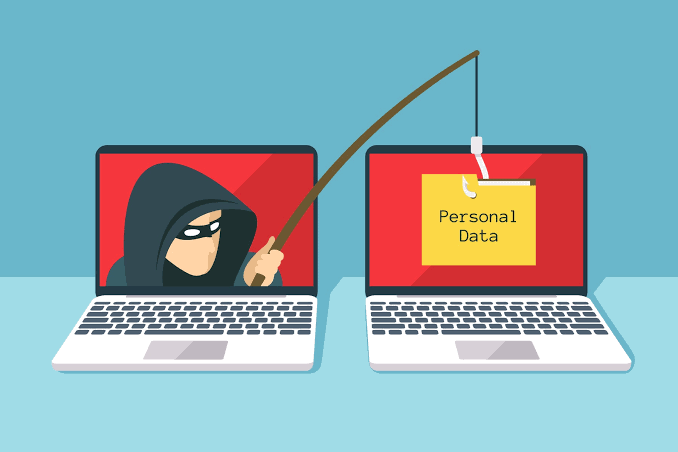Social media has become an essential part of modern life, allowing people to connect, share information, and build relationships across the globe. However, using these platforms without caution can expose you to various risks such as identity theft, cyberbullying, scams, and privacy breaches. Learning how to navigate social media safely ensures that you enjoy its benefits while minimizing potential dangers.
Understanding the Risks of Social Media
While social media offers countless opportunities, it also comes with security and privacy concerns. Some of the most common risks include:
- Sharing too much personal information that can be used by cybercriminals
- Falling victim to phishing scams disguised as messages or links
- Exposure to online harassment or cyberbullying
- Account hacking due to weak passwords or poor security measures
- Being targeted by fake profiles or catfishing attempts
Recognizing these dangers is the first step toward using social media responsibly.
Strengthening Your Privacy Settings
Most social media platforms allow you to control who can see your content, comment on your posts, or contact you. Adjusting these settings can greatly reduce unwanted attention.
Tips for better privacy:
- Set your profile visibility to “friends only” or restricted access
- Limit the amount of personal information displayed on your profile
- Review and update privacy settings regularly
- Restrict access to your location data and tagged photos
- Control who can send you friend requests or direct messages
Customizing your privacy settings ensures you share information only with trusted people.
Using Strong and Unique Passwords
Weak or reused passwords make it easy for hackers to access your accounts. A strong password is your first defense against unauthorized access.
Effective password practices include:
- Use a mix of uppercase, lowercase, numbers, and special characters
- Avoid using personal details like birthdays or names
- Create unique passwords for each account
- Consider using a password manager to store and generate secure passwords
- Enable two-factor authentication for added security
A secure login process significantly reduces the risk of hacking.
Being Cautious About What You Share
Every post you make leaves a digital footprint that can be used against you if it falls into the wrong hands. Over-sharing can lead to identity theft, stalking, or financial fraud.
Safe sharing tips:
- Avoid posting your current location in real time
- Do not share sensitive personal or financial information
- Think twice before posting photos of children or family members
- Limit sharing details about your daily routines or travel plans
- Be mindful of reposting unverified information that could harm others
Practicing discretion online helps maintain both personal safety and reputation.
Recognizing and Avoiding Scams
Social media is a common platform for scammers who try to trick users into giving away information or money.
Common scams to watch out for:
- Fake giveaways asking for personal details
- Impersonation of friends or companies requesting urgent help
- Phishing links disguised as official messages
- Job offers that ask for payment or sensitive information upfront
- Romance scams targeting emotional vulnerability
If something feels suspicious, verify the source before engaging.
Managing Your Time Online
Excessive time on social media can lead to mental health challenges such as anxiety, stress, and reduced productivity. Maintaining balance is important for your well-being.
Ways to manage usage:
- Set daily limits for social media activity
- Take regular breaks and avoid checking apps during meals or before bed
- Use built-in screen time tracking tools to monitor your habits
- Focus on engaging with positive and meaningful content
- Unfollow or mute accounts that cause stress or negativity
Healthy social media habits contribute to both mental and emotional safety.
Reporting and Blocking Harmful Accounts
If you encounter harassment, threats, or inappropriate behavior, take immediate action through platform tools.
Steps to protect yourself:
- Block accounts sending unwanted or harmful messages
- Report abusive content or profiles to the platform administrators
- Keep records of threatening messages or incidents
- Inform local authorities if the harassment becomes serious
- Educate friends and family about online safety measures
Swift action can stop harmful interactions from escalating.
Final Thoughts
Using social media safely requires a combination of awareness, caution, and proactive security measures. By strengthening privacy settings, creating strong passwords, being mindful of what you share, avoiding scams, and maintaining healthy usage habits, you can enjoy the benefits of these platforms while protecting your personal security and well-being.




Interesting